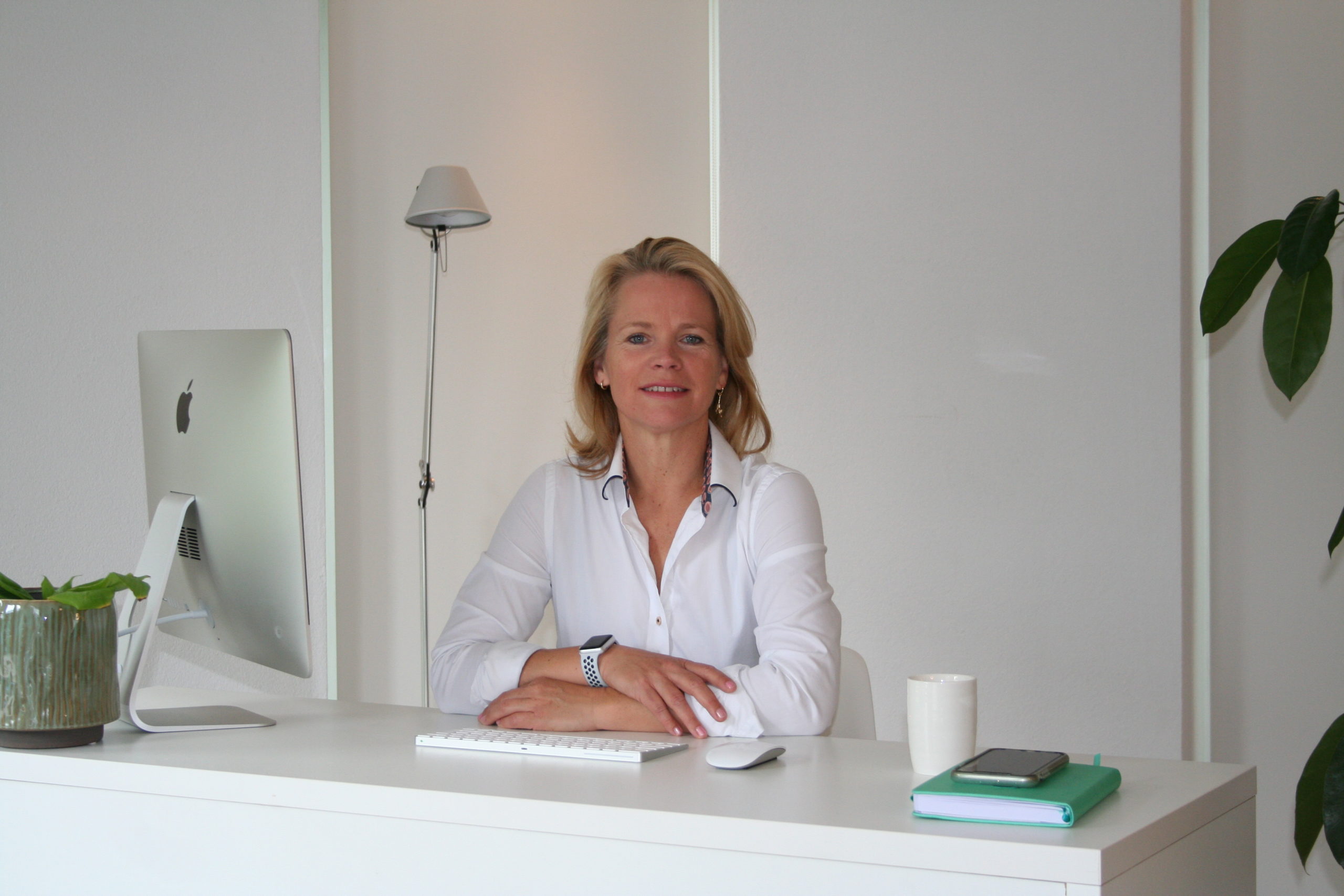When preparing for the selection of new product ideas in the Fuzzy Idea phase, one thing you need to know is how big the investment into this new product development is going to be. I’ve 3 tips for you to define a realistic new product development budget for technology-oriented, tangible businesses.
Making money on a new product is one of the key parameters in the decision to start a new product development.
The required investment money you need, to realise your new product idea, is needed to calculate the profit and the pay back time.
As nothing is for free in life, there are many items which need to be taken into account when defining the project budget. The risk of forgetting lots of small items is definitely there in the busy lives of business owners, product & project managers :-).
If you recognise yourself in the above, you might want to take a peek at my Project Budget Planner.
I have 3 tips for you to help you define a realistic project budget.
1. Check predecessor products
When starting a new product development, most of the time you have predecessor products. These predecessors have a track record in costs, margin and sales.
You can use this existing information to estimate the required budget for your new product.
2. Organise a brainstorm meeting
If you are starting a complete new product innovation, you probably will need to do more research to estimate the investment costs. Gather around a white board with your colleagues of purchasing, product & project management, sales, marketing, finance, development and marcom. Probably with all the knowledge these disciplines have, you can make estimations and define actions to gather data on all the costs involved in defining, developing, manufacturing and launching new product.
Below some costs to give you an idea:
- Product development costs
- Manufacturer start-up costs
- Customer focus groups for market research
- Market research
- A-samples
- B-samples
- C-samples
- D-samples
- Product design
- Packaging design
- Packaging shelf testing
- Rapid proto typing
- Product certification with notified bodies per region
- Product certification samples per region
- Plastic tooling
- Metal tooling
- User manual
- Translation user manual
- Installation manual
- Translation installation manual
- Quick reference guide
- Translation quick reference guide
- Marcom materials
- Advertising
- Translation marcom materials
- Sales samples
- Workshops
- Product training sessions
- DHL
- Re-work
- Unforeseen
3. Follow-up and adjust the budget
During the development of a new product, regularly check the estimated budget and adjust if needed. This gives you the opportunity to predict other cost increases in the budget and can take action if needed.
Hope this helps you in getting your budgets more realistic!
If you like to receive more tips directly in your inbox, sign-up via the button below!

+ show Comments
- Hide Comments
add a comment